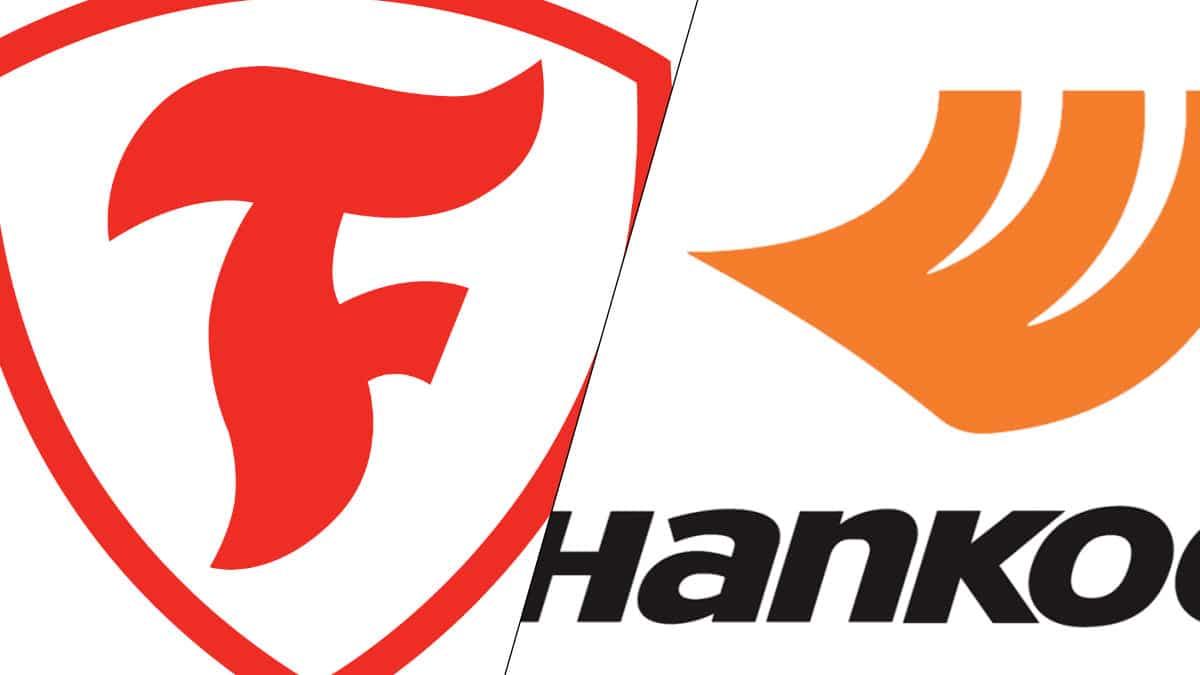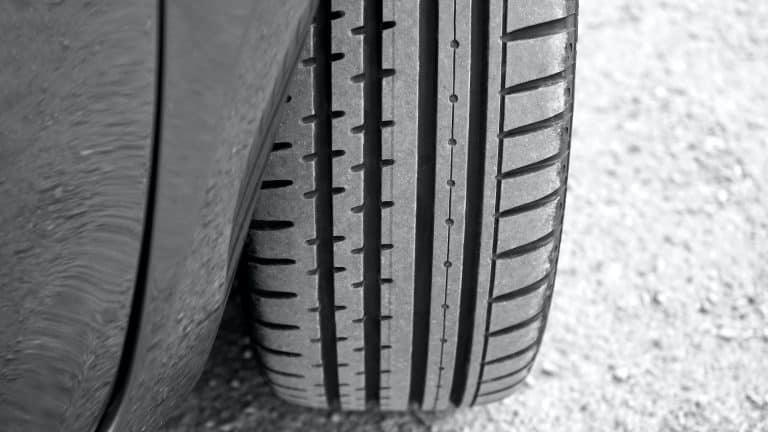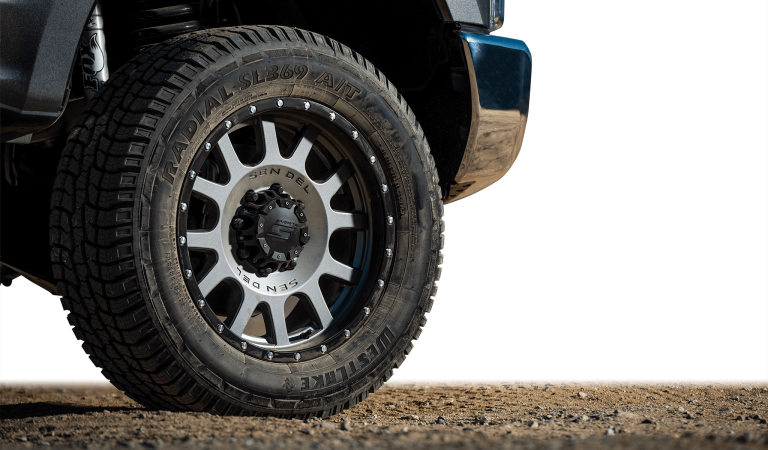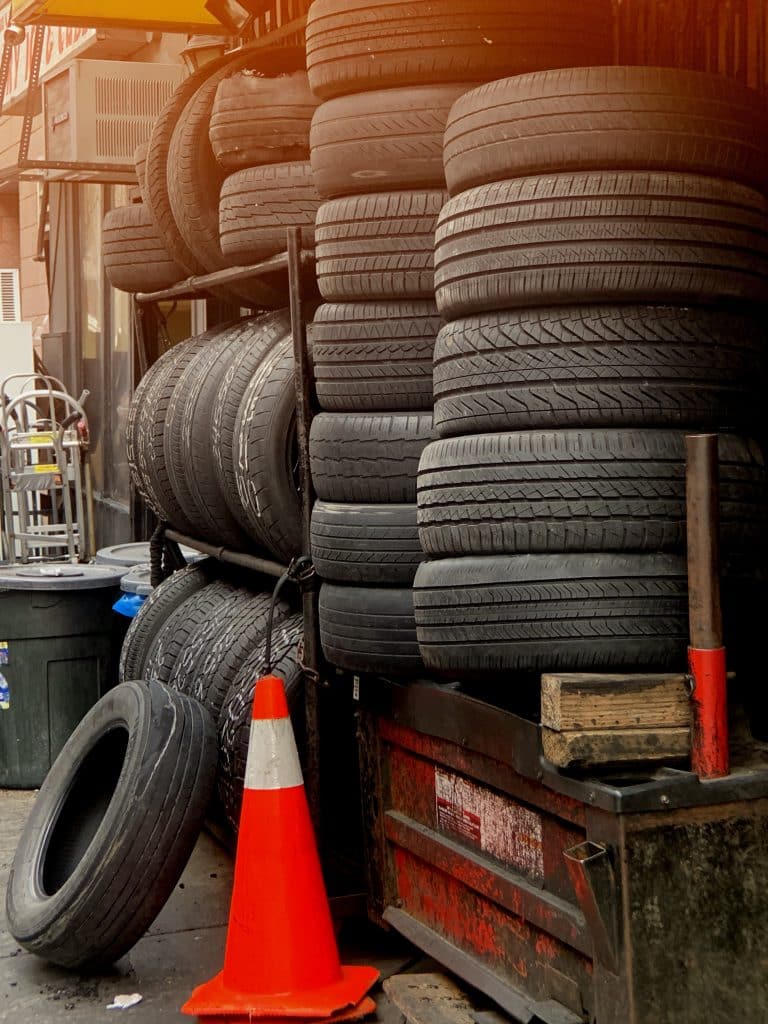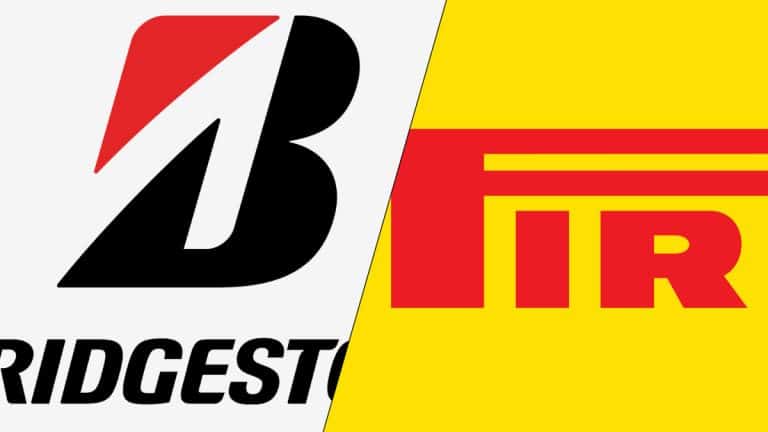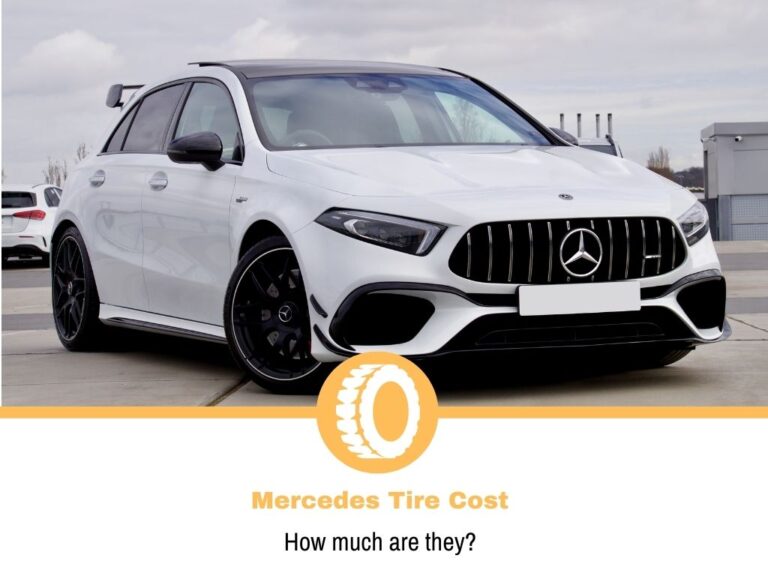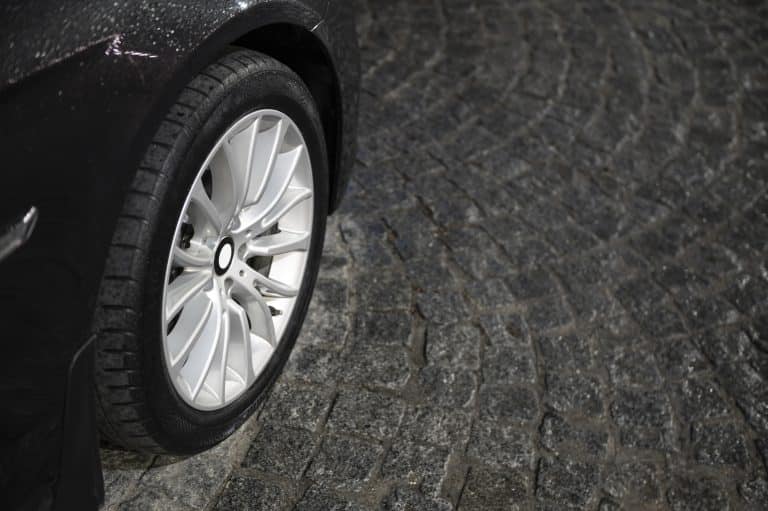Firestone vs Hankook Tires
Firestone and Hankook have their fair share of differences. Firestone is a premium tire brand with an illustrious 122-year history of producing high-quality tires. Hankook, which is almost three decades younger, has built a loyal following among the racing crowd.
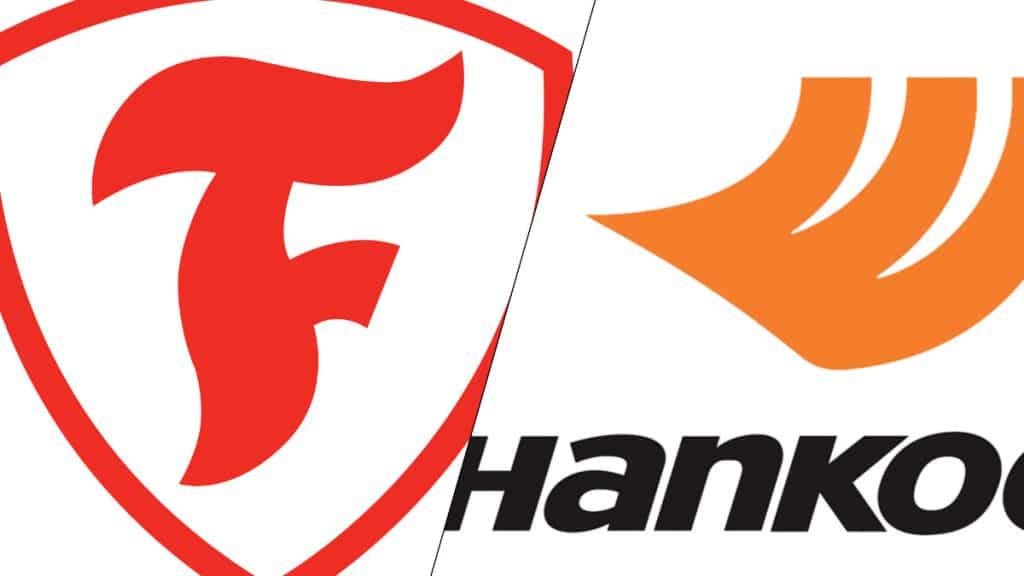
Firestone Rating: 4.5/5
Hankook Rating: 4.7/5
While Firestone was the first company to patent the idea of anti-skid tires, Hankook is the 6th largest tire manufacturer globally. And while Firestone’s six tire families help it cater all and sundry, Hankook has all-season, summer, winter, performance, and off-road tires up its sleeve.
The differences roll into the price. Anyone who has ever shopped for Firestone tires will tell you that they do not come cheap. Hankook, on the contrary, is for budget-minded users. It is standard for two Hankook tires to cost less than one tire from Michelin, Continental, or Bridgestone.
In this Firestone Vs Hankook tires comparison, we’ll discuss the differences between these two globally popular tire brands in detail. We’ll start by discussing their histories and tire lineups, before wrapping things up with a side-by-side comparison of their tires on three key indicators.
Firestone Tires History
Firestone Tire and Rubber Company was founded in Akron, Ohio in 1900. The company’s initial product lineup included solid rubber side-wire tires for fire apparatus. A few months later, Firestone started manufacturing pneumatic tires for buggies, wagons, and other forms of transportation.
Fast forward a decade, and the US tire brand was granted the patent of anti-skid tires. A much more consequential moment came a few years later, when Firestone’s engineers came up with the idea of low-pressure balloon tires. It was this invention that changed the fate of tire industry.
Prior to the invention of low pressure balloon tires, almost all vehicles used pneumatic tires, which suffered extraordinary wear and therefore required frequent replacement. However, with the new tires, the problem of wear was reduced, helping tires last for an extended period.
In 1988, Firestone’s owners decided to sell the company to Bridgestone. The move was driven more by necessity than anything else – at the time of Firestone’s acquisition by Bridgestone, the latter was losing $250 million a year. Had that sale not happened, Firestone may have ceased to exit.
Firestone Tire Families
Firestone produces OEM and replacement tires for passenger cars, SUVs, crossovers, minivans and light trucks. The company has divided the tires it produces into six categories. These include Destination, WeatherGrip, Firehawk, Transforce, All-Season and Winter Force.
Destination
The Firestone Destination lineup is populated by all season, all-season touring, all-terrain and mud-terrain tires. The diversity of options distinguishes the Destination from other Firestone families, most of which contain one or at most two types of tires.
The Destination A/T2 is the unofficial face of this series. An off-road tire capable of handling the most grueling of terrains, the A/T2 offers exceptional snow performance, as highlighted by its 3PMSF symbol. This model is also backed with a class-leading 55,000-mile treadwear warranty.
Firehawk
Motorsport enthusiasts and the racing crowd are smitten with this lineup’s tires. And for plenty of good reasons too. Almost every tire of this family is a market-leader in high-speed handling, steering response and cornering performance, all of which key indicators of road performance.
Take Firehawk AS. Sure, this model comes with an AS tread compound, rarely a good sign for a tire with ambitions of performance. But anyone who has driven this tire will tell you that its road manners aren’t much different from the Firehawk Indy 500, Firestone’s flagship summer performance tire.
WeatherGrip
The Firestone WeatherGrip is the only member in this household. This all-weather tire tries to give competition to its all-season rivals with an incredibly sticky rubber compound. One that grips the road so well you’d think you’re driving a performance tire.
Circumferential grooves are aplenty for water evacuation, making sure this model remains useful in wet conditions. 3D full-depth sipes are also on offer to give this tire the power to plough through light snow and ice. And a 65,000-mile warranty points to 4-5 years of road life.
All Season
Like the WeatherGrip series, Firestone’s all-season lineup also has a solo member. That isn’t the only similarity between the two lineups.
A 65,000-mile treadlife warranty, circumferential grooves for water evacuation and symmetric tread pattern for better high-speed road handling – all these features unite the Firestone All-Season and WeatherGrip tires. So, you can opt for either.
Transforce
The Firestone Transforce tires are designed to fit passenger cars, SUVs, crossovers, light trucks, and even some commercial vans. Firestone AT2, one of three members of this family, comes with a chip- and cut-resistant tread compound. Its sturdy construction makes load handling a cinch.
Then comes the Transforce HT2, built for highway conditions. This model can be installed on passenger cars, SUVs, and crossovers. That isn’t the case with the Transforce CV, an ultra-reliable tire designed for Euro Commercial Vans.
WinterForce
The clue is in the name. The Firestone WinterForce family contains models for mild-to-harsh wintry conditions. Take the example of WinterForce 2. This studdable tire offers superb snow performance and is predictable on the limit, all the while keeping hydroplaning at bay.
Two of the three remaining members of this series – WinterForce LT and WinterForce CV – are also dedicated winter tires. The WinterForce 2 UV is the only member that is a winter performance tire, meaning it will keep your vehicle stable at speed.
Hankook Tires History
Hankook Tire Company was founded in South Korea in 1941. Many people don’t know that its initial name was Chosun Tire Company. It was only in 1953, twelve years after the company was founded, that the name was changed to Hankook Corporation.
In the year 1982, Hankook complete its first overseas export. Thirteen years later, a $13 million order from Iran’s Ministry of Roads and Transportation helped the company stand firmly on its feet. The following year, Hankook opened its first Middle East branch office in Kuwait.
The 1980s saw Hankook made its mark on the global level. It was during this decade that the South Korean tire brand opened its first branch office in the United States. A year later, in 1982, Hankook tires received the prestigious E-Mark certification from the Economic Commission of Europe.
At the time of writing, Hankook is supplying OE tires for various luxury vehicles, including Audi’s first all-electric sports car ‘e-tron GT’ and Porsche 718 models. The company has also signed a sponsorship agreement with Formula E, which will come into effect at the start of the 22/23 season.
Hankook Tire Families
Seven families complete Hankook’s tire lineup. These include Hankook iON, Ventus, Optimo, DynaPro, Kinergy, I*Cept, and I*Pike. Let’s discuss all of these in detail.
Hankook Ventus
The Hankook iON family contains seven high-performance and extreme performance tire. The Ventus S1 Evo3, for instance, is an HP summer tire. This model’s controllability at high speeds, wide size range and an affordable price tag help distinguish it from its HP rivals.
Then comes the Ventus RS4, another high-performance tire. This tire is pricier than the S1 Evo3, though it justifies the added price with an additional feedback and an enhanced steering response.
Hankook iON
The Hankook iON family caters to the needs of electric vehicles. Which shouldn’t come as a surprise given that the global market share of EVs has more than doubled in the past decade. By catering to the requirements of EVs, Hankook is only securing the company’s future.
Three tires complete the iON family. Two of which (iON S and iON SX) are summer performances, while the third (Winter i*Cept iON) is a dedicated winter tire.
Hankook Optimo
Multiple touring tires populate the Hankook Optimo tire lineup. Extended treadlife warranties, superb road comfort, and exceptional aquaplaning resistance – these are some of the features you can expect to have in Optimo tires.
That is not to say that these tires are fault-less. A single-ply construction means they cannot withstand the weight of electric vehicles, which tend to be heavier due to the additional battery weight.
Hankook DynaPro
The DynaPro series comprises high-quality all-terrain and mud-terrain tires.
The DynaPro AT2 is this series’ unofficial flagship model. Then comes the DynaPro MT2, an uber-reliable mud-terrain tire. What both these tires lack in road performance is made up by the DynaPro AT-M, an all-terrain tire featuring an all-season tread compound.
Hankook Kinergy
Kinergy is one of the most diverse tire lineups in Hankook’s catalog.
This family spoils you for choices by offering premium touring (Kinergy PT H737 and Kinergy ST), eco-friendly (Kinergy eco2), grand touring (Kinergy GT) and other tires all under the same roof. All these tires are incredibly fuel-efficient to minimize your trips to the gas station.
Hankook I*Cept and I*Pike
Both these families contain dedicated winter tires.
Yet there is one key difference between the two. Every member of I*Pike family is designed to withstand harsh wintry conditions. On the contrary, all five tires of I*Cept lineup can only work in mild-to-moderate wintry conditions.
Firestone Vs Hankook Tires: Differences
Here are the major differences between Firestone and Hankook tires:
Performance
There isn’t much to differentiate the brands’ tires on the performance department.
Firestone woos the motorsport and race-track crowd with its Firehawk series. Hankook throws the gauntlet in the shape of its Ventus family, one of the most veritable lineups of high performance and ultra-high performance tires you will ever come across.
Availability of Options
Hankook ekes out on this front.
Primarily because Firestone doesn’t have anything to offer to EVs. Sure, you can install some of Firestone’s tires on your electric vehicle. However, in contrast to Hankook, which has dedicated an entire lineup to EVs and PEVs, Firestone wants you to check for yourself which of its tires will work on EVs.
Price and Warranty
Hankook and Firestone tires are usually available in the same price range.
Take the Hankook Kinergy GT and Firestone All-Season. These tires will be on anybody’s list of affordable all-season touring tires. More importantly, both are available in the same price range, helping us conclude that Firestone and Hankook tires are reasonably priced.
Having said that, Hankook is much more generous on the warranty front. To give you an example, the Optimo H727 is backed for an eye-watering 100,000 miles, a number no Firestone tire can match.
Advantages of Firestone
- Produces better performance tires
- Offers tires for almost every condition
- Provides models in almost all the main sizes
Advantages of Hankook
- Weigh less heavy on the pocket
- Has a dedicated lineup of tires for EVs
- Come with respectable warranties
Firestone Vs Hankook Tires: Which Brand to Choose?
Firestone and Hankook both offer plenty of reliable performance and high-performance tires. However, when it comes to electric vehicles, Hankook tires stand head and shoulders above their Firestone counterparts. So, if you drive an RV, Hankook tires are your best bet.
